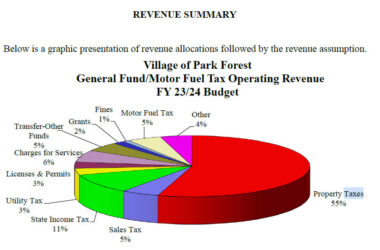 Commentary
Commentary
Inside the First Amendment
By Charles C. Haynes
First Amendment Center senior scholar
The latest round in America’s long-running fight over “school prayer” has nothing to do with vocal prayer. As odd as it sounds, it’s argument over silence.
Two recent lawsuits filed by parents in Texas and Illinois charge that mandating a moment of silence at the beginning of each school day violates the First Amendment’s prohibition against state-sponsored religious practices in public schools.
Last week a federal judge issued a preliminary injunction barring an Illinois school district from implementing the state’s "moment of silence" law passed in October by the Legislature over the veto of the governor. A Texas judge heard arguments against that state’s law in August, but has yet to make a ruling.
What’s difficult for me to understand about these conflicts is why we have them in the first place. Arguments for and against a moment of silence strike me as equally unconvincing. Here are my questions for both sides:
- To proponents: What’s the rationale for mandating silence? If your aim is to accommodate students who want to pray, then no legislation is needed. Under the First Amendment, students are already free to pray in public schools alone or in groups – as long as such prayers don’t disrupt the school or interfere with the rights of others. Visit most public schools these days and the sight of kids praying around the flagpole, in the lunchroom, during recess or in student religious clubs is commonplace.
- To opponents: Why sue? If your aim is to uphold the separation of church and state, then no litigation is needed. As long as the moment of silence is genuinely neutral (i.e., students are free to pray, meditate or reflect as they choose), how does mandating silence rise to the level of state establishment of religion?
A pox on both their houses: I don’t see a need to pass such laws, but once passed, I see even less of a need to challenge them.
By enacting unnecessary moment-of-silence laws, legislators (in nine states thus far) appear to be pandering on prayer, feeding the widespread myth that kids can’t pray in schools. No wonder opponents see these laws as backdoor attempts to turn the clock back to the days of teacher-led prayer.
At the same time, however, people who file these lawsuits come across as worried that students might actually be encouraged to pray if the school sets aside time for prayer, reflection or meditation. No wonder the other side views these legal attacks as part of a freedom-from-religion movement aimed at removing all prayer from public schools.
Despite the temporary court injunction in Illinois, the possibility that these laws will be found unconstitutional is remote. It’s true that the U.S. Supreme Court struck down Alabama’s moment-of-silence law in 1985 (Wallace v. Jaffree). But that was mostly because Alabama legislators made it clear that they passed the law with the intent of returning prayer to public schools.
Since the Alabama ruling, other states have been careful to craft laws that mandate a neutral moment of silence — without a legislative record pushing prayer in schools. None of these laws have been successfully challenged, including Virginia’s law mandating a time for “meditation, prayer or reflection” which was upheld by a panel of the 4th U.S. Circuit Court of Appeals in 2001.
The lawsuits in Texas and Illinois make much of the fact that both moment-of-silence laws mention prayer as one of the options (the Illinois statute is titled the “Silent Reflection and Student Prayer Act”). In issuing the injunction, the Illinois judge picked up on this, suggesting that this may be an “endorsement of prayer” that tells a child “you’ve got to think about praying.”
I seriously doubt, however, that this argument will hold up as the cases move forward. It’s hard to see what’s unconstitutional about school officials mentioning prayer as one option — as long as teachers don’t take the moment of silence as an opportunity to encourage (or discourage) prayer. And in the various states that now have a mandated moment of silence there appears to be little evidence of widespread misuse of the time by school officials.
Although I see this as much ado about nothing, plenty of people on both sides feel otherwise. So legislation, followed by litigation, will keep on coming.
But I’ll refrain from complaining too much because it could be far worse. After all, in a world torn by sectarian violence, maybe we should all take a moment of silence to give thanks that we settle our religious differences with laws and courts — and not with bombs and guns.
Charles C. Haynes is senior scholar at the First Amendment Center, 555 Pennsylvania Ave., Washington, D.C., 20001. E-mail: [email protected].








